3D design and modeling services stand in the front line of technology, broadly applied in creating animations, video games, movies, etc.
Those with an artistic edge and a passion for technology can thrive in this field where flexibility and creativity are the top signatures.
Entering the realm of 3D design can be a gripping adventure should you know how to become a 3D artist. Likewise, it can be a bumpy road if you’re in the dark about where to begin.
This guide is a must-read guide, so shall we delve into it now?
What Does A 3D Artist Do?
The major responsibility of a 3D artist is to create three-dimensional visual effects, animations, and models used in many creative projects, namely online advertising campaigns, video games, and films.
Most artists work in studios or offices, but they sometimes work from a distance, too, depending on the firm or organization they’re working for.
Besides creating graphics and animations, these professionals also research impending projects, finding new methods to create designs and animations.
They will need to build storyboards to plan out the scenario’s outlook. Also, an artist has to conceptualize the design since it can predominantly determine the project’s success.
Other daily responsibilities are developing timelines and meeting with designers, directors, and clients to set and review deadlines.
How To Become a 3D Artist
Prospective workers have to keep in mind these eight big steps to building a 3D artist career path right from the start:
1. Understand The Basics of Design Software
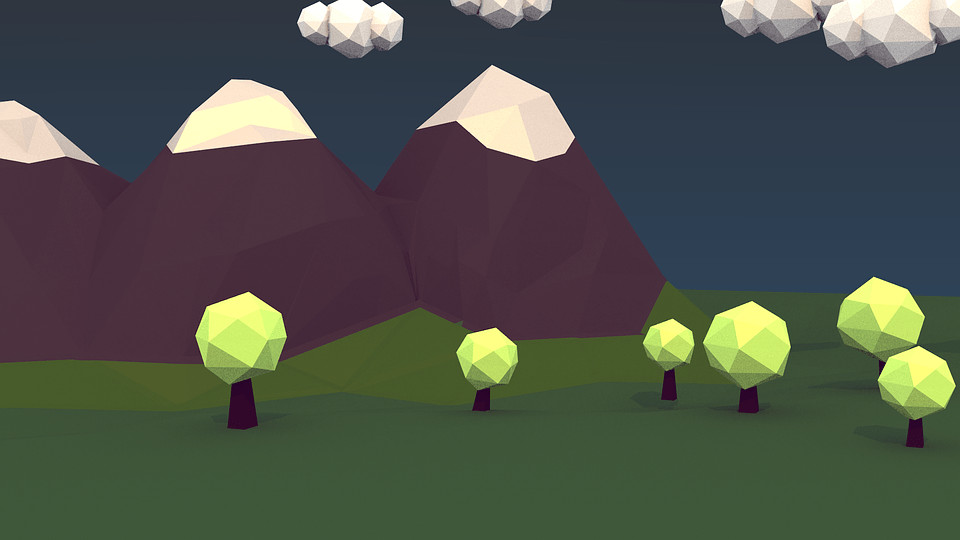
While you sometimes do a little sketching with paper and pencils to outline your designs, your work mostly occurs on computer design software, where you complete your art projects.
Ensure to have a graphics card and computer which can handle popular design programs and a tablet for easy design input.
And learn to create basic features and effects by downloading an array of top computer-aided design software and completing tutorials.
Download a range of popular CAD software and complete tutorials to learn how to achieve certain effects and features.
2. Earn A Design or Arts Degree
Though not all companies require candidates to earn a specialized degree to apply for this art-based position, many do.
A design or arts degree will make you stand out from other candidates and impress employers, acting as proof of your design fundamentals and technical knowledge.
You can choose to finish a bachelor’s course or an associate’s degree to access more employment opportunities.
It’s also possible to take a 3D modeling course at a community college in your city to boost your passion for the field.
Go for schools offering programs or classes in three-dimensional animation or design to qualify yourself for an entry-level position.
Majors in graphic design, computer animation, and game art are also great options for aspiring artists.
Some popular topics you can consider for your undergraduate background in this profession are:
- Animation movement
- 3D animated environment
- Animating scripts
- Character development
- Digital texture and shading
- Spatial proportions
- 3D modeling
3. Learn Various 3D Design Niches
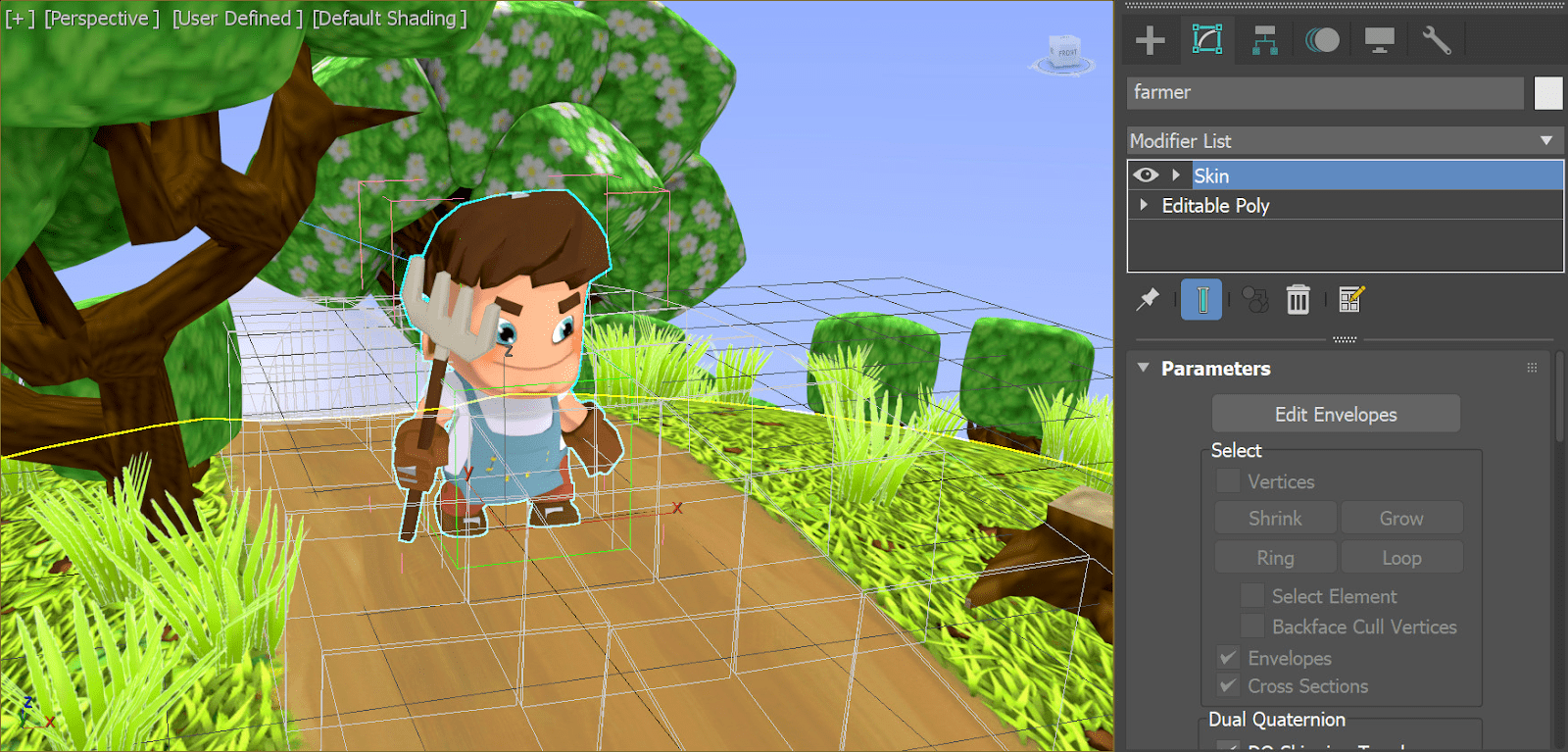
Numerous specialties are waiting for you to discover in this field. Yet, picking a niche to focus on will make it more straightforward to find a position that enables you to handle projects you’re intestinal in.
Learning various niches also takes your portfolio to another level, showing prospective recruiters that you’re flexible enough to work on any type of art project.
Some interesting niches to consider practicing are:
- Augmented and virtual reality
- 3D printing
- Advertising
- Product visualization
- Filmmaking
- Architectural modeling
- Medical and forensic animation
- Game design
4. Prepare Relevant Skills
This career may appear to be a junior position, but particular skill sets are crucial, and applicant requirements to perform the work well.
A solid grasp of the following abilities will enable you to support your team:
- Print design
- Motion graphic design
- Image editing
- Graphic design
- Drawing
- Desktop publishing tools
3D professionals exercise their technical skills and artistic knowledge to deal with three-dimensional modeling and animation projects.
Thus, besides the above hard skills, you’ll expect to utilize these soft skills during working:
- Creativity
Generating original designs calls for ingenuity and creativity. Those workers should expect to use brainstorming abilities for new products and seize an exceptional creative vision.
- Multitasking
When working as a 3D artist, you may simultaneously join multiple projects, balancing different development phases and meeting shifting deadlines.
You’ll have to use your time management and multitasking abilities to prioritize small tasks during the day.
- Computer skills
IT, computer, and software literacy are crucial for troubleshooting issues and running design software.
- Teamwork
Those professionals regularly work with other creative colleagues, including editors, writers, and artists. Hence, teamwork skills are necessary for mutual support and delivering a unified output.
5. Gain Experience Through Internships
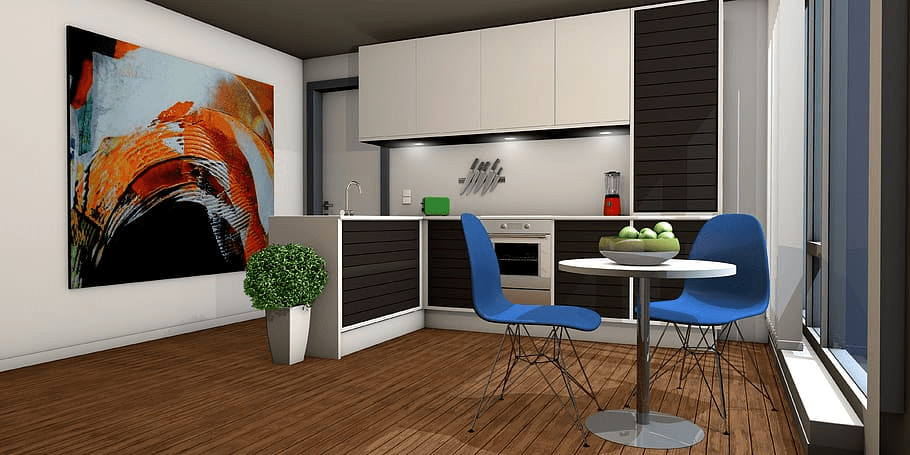
Many degree programs provide students with the chance to join an internship, gaining hands-on experience when working as a 3D artist.
However, internships often last for a short time, so the experience gained can be very little.
Hence, many animators turn self-employed, seeking projects and working based on contracts themselves.
Some contract jobs can change to full-time jobs depending on the worker’s performance.
You may have to start with a contract position or a junior assistant job to collect adequate experience for promotion in the future.
It’s also a great idea to accumulate experience by participating in voluntary projects of non-profit small websites, schools, or organizations to seek recommendations and references.
Unpaid professional working hours also count as experience.
6. Create A Professional Portfolio & Resume To Get A Job
Recruiters’ decisions largely depend on the candidate’s portfolio. Companies want the best workers, so they will review candidates’ portions, particularly for technical proficiency, artistry, and style.
Creating an excellent portfolio is usually a component of degree programs’ curriculums. Those who don’t join a postsecondary program need to build their portfolios themselves.
A 3D animation portfolio is usually carried by a DVD, while some applications post their portfolios online.
A good portfolio should contain your technical proficiency, artistry, and the best products to show your creativity.
It would be best to tailor your portfolio to specific employers, highlighting the styles and skills required for the positions.
7. Start Networking
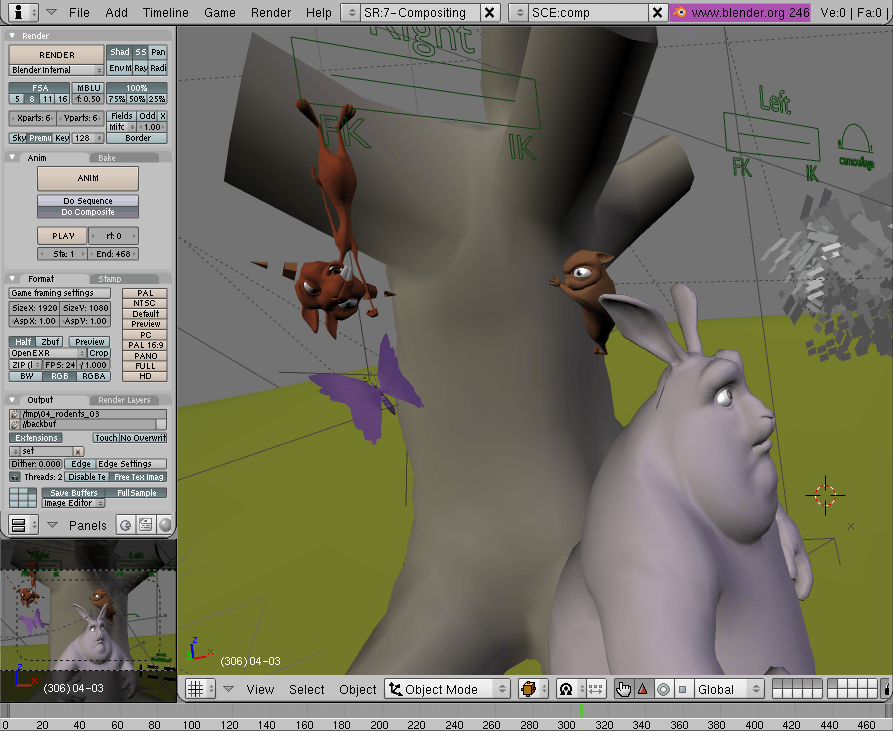
Networking is a vital skill for anyone building a career, and 3D animation is no different.
The classmates sitting around you may be your colleagues or teammates tomorrow, so it’s not redundant to say hello and keep in touch with these friends.
Also, your teachers may help refer you to reliable companies as you’re trying to get a job.
After successfully landing a job, expand your network by getting close to people in your office, particularly those in the same team as you in the first project.
The broader your network, the more opportunities to access better jobs or companies.
8. Keep Improving
The output affects how much effort and time you devote to your career-building process. While some develop higher-grade skills in only six months, others can perfect their craft after years.
After all, the key is to keep pushing yourself to strive and step out of your comfort zone. As technology develops, there will be many things to discuss and learn ahead.
So, don’t let your inspiration and determination fade over time. Boost your creativity and dedication by looking for innovative and fresh ways to level up your capacity, like:
- Learn new skills through arduous, unfamiliar projects.
- Research what your friends and other artists are working on.
- Ask for peer feedback on social media.
What Mistakes Do 3D Artists Commonly Make?
Some mistakes can cause devastating demotivation and chance losses during your career-building journey.
If you consistently alienate your clients, word will spread around quickly that you’re not a cultured or excellent applicant for jobs.
As a result, work would be hard or unfeasible to find. Thus, note the following common mistakes down to remind yourself to keep away from them.
They Aren’t Very Prompt
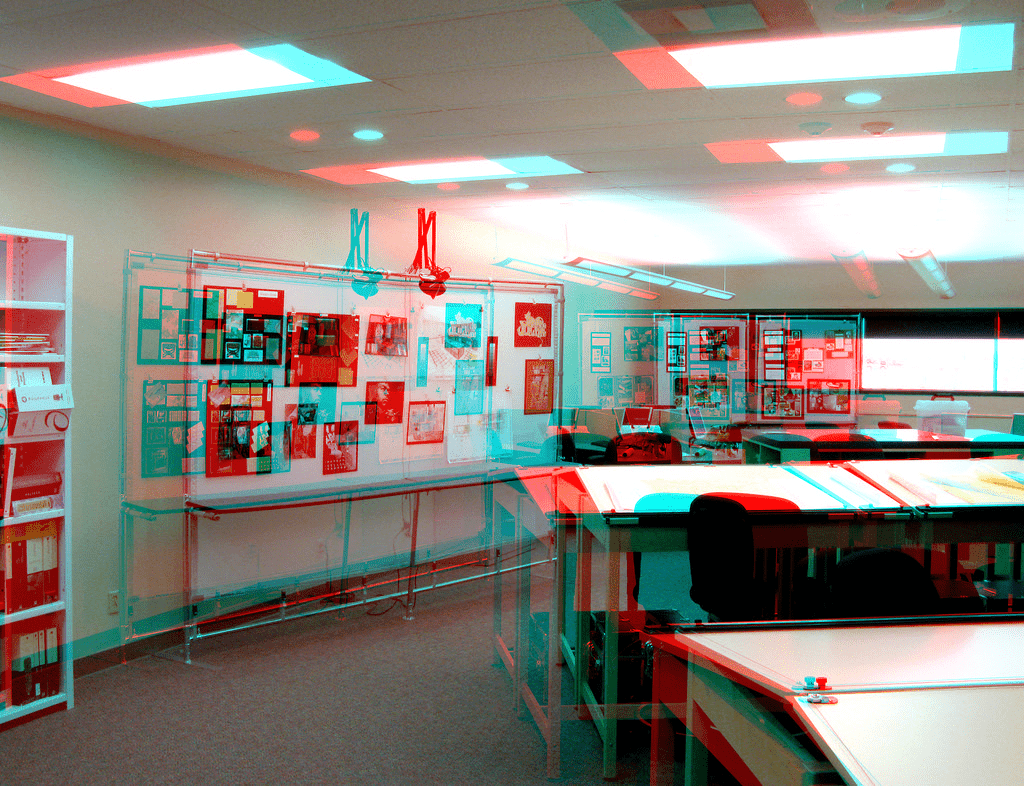
Technology-based industries are always competitive. The minute you’re reluctant to respond to a voicemail or email may be a chance for your competitors to seize.
Though you don’t need to reload your Gmail every minute to ensure you don’t miss correspondence, it’s necessary to check your notifications frequently and respond as soon as possible.
When working on a project with a team, take deadlines seriously to avoid affecting your teammates and clients.
Others can’t proceed with the remaining tasks if you don’t finish your work. If you fail to meet deadlines without acceptable reasons, you may cause the project’s delayed.
They Don’t Challenge Themselves
After completing your education, a great temptation is to apply for positions you see fit for your background – the tiny design job, a company that people rarely know, or a job that pays very little.
Indeed, entry-level jobs are the starting point for many workers, but you should give yourself more opportunities and challenges with adequate knowledge and proficiency.
The higher the position you can grasp, the less effort it takes to seek a new job.
How would you know if big companies will hire you without trying? Dare to dream, peers. Aim at the best position possible and strive for it.
They Don’t Network
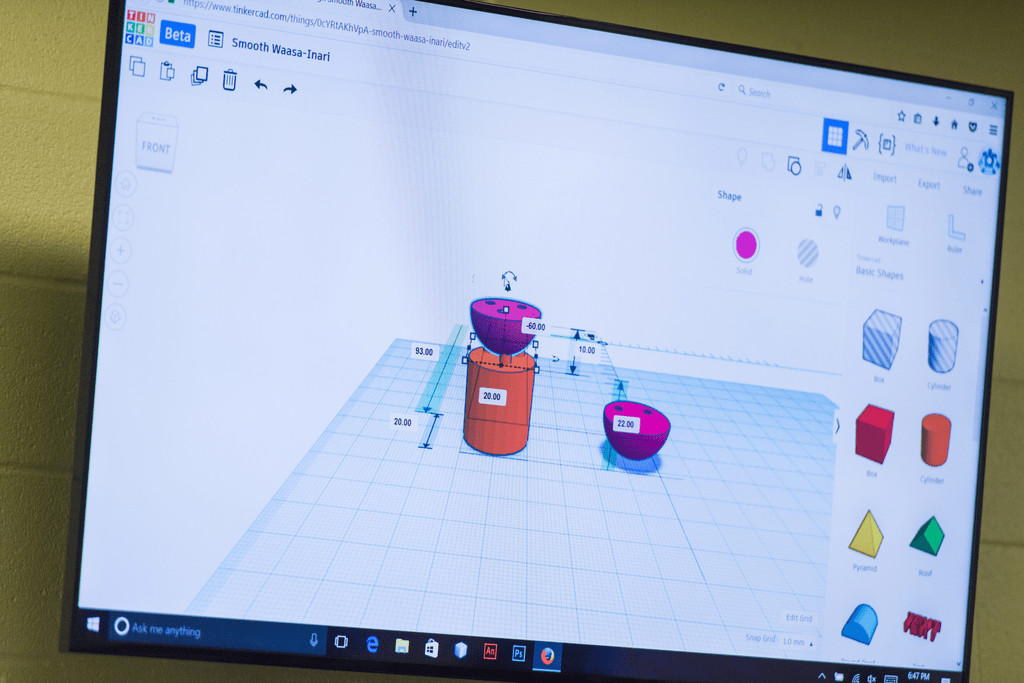
We’ve discussed how essential networking is, yet we’d like to labor the point that you can lose many precious changes if not networking.
Some reputable companies never inform candidates when they demand more labor force. Instead, they’ll consult their acquaintances if they know anyone well-qualified.
With a narrow social network, you can barely seize these chances, but the one studying in the same school as you, who is more sociable, can seize them.
It may sound like a stroke of luck, but who knows, one day, being professional and friendly with other people will bring a desirable job?
They Stop Learning
After your appearance, the portfolio is the second impression recruiters have on you. The minute you cease to learn, you also cease to improve.
Strive your best in every product so that you’ll see self-improvements after finishing a contract. The more advanced you are, the greater tasks you can handle.
Even though you can’t manage to take workshops or classes with other workers, it’s still possible to promote your capacity by joining Facebook groups, asking questions on 3D art forums, or watching Youtube videos.
Working Hours & Salary of 3D Artists
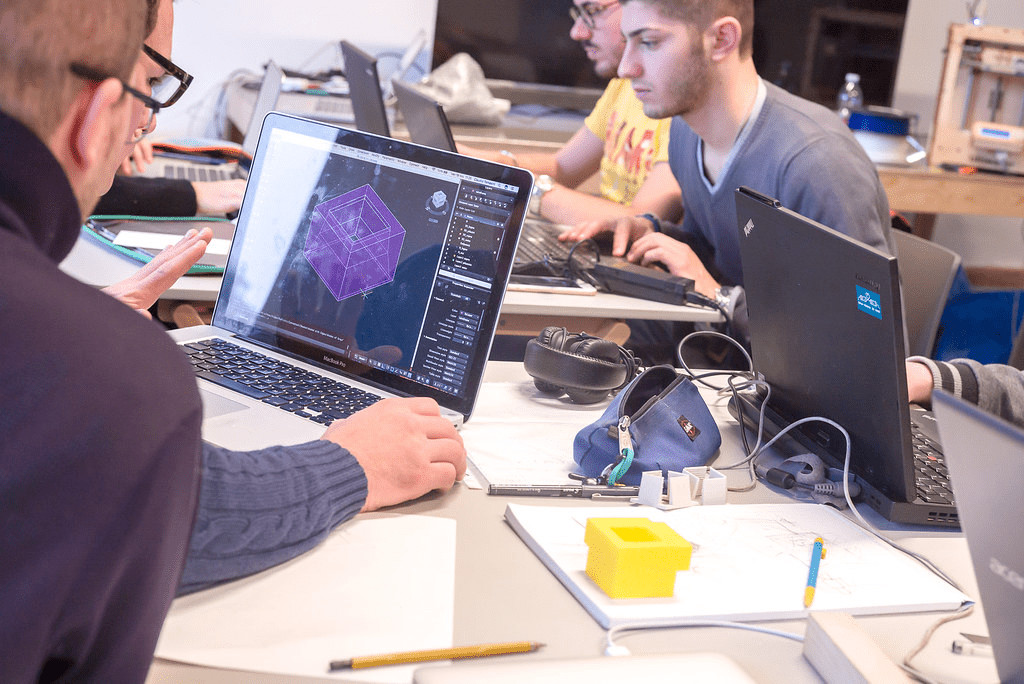
The average 3D artist salary in the US is $58,500. Yet, the range can run from $39,000 to $80,000, based on the project size and your experience.
3D artists often work full time with regular office hours concerning working hours. And like any other tech job, they sometimes have to work extra hours on weekends since tight deadlines are approaching fast.
What Is The Outlook for The 3D Modeling Career?
3D modeling plays a vital role in many industries. There’s rarely a field where this art is not helpful; that’s why the market size for this career will expect to grow.
That means your future as a 3D artist will be bright and full of opportunities. There will be loads of job offers in the incoming years, particularly in the video games and movie animation fields.
Conclusion
Working in this field takes a mix of skill, artistic talent, and the bravery to challenge yourself.
Remember that all these factors draft a successful 3D modeler, whether you work for a tech business or start your own business.
